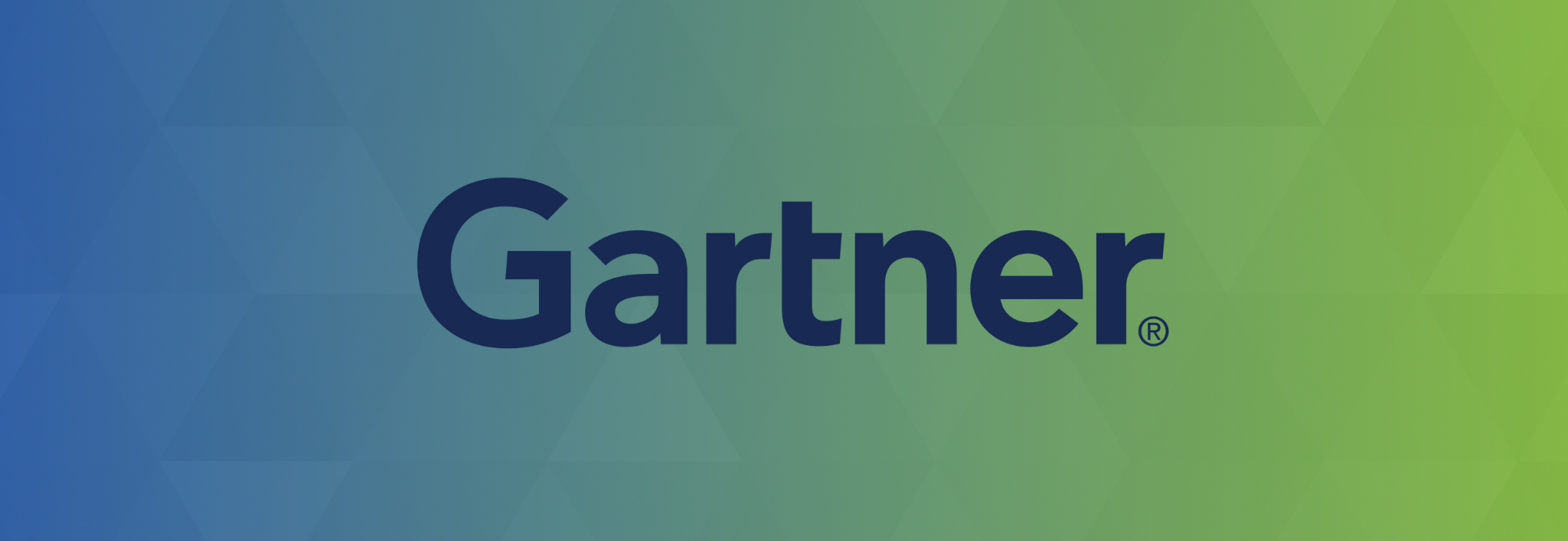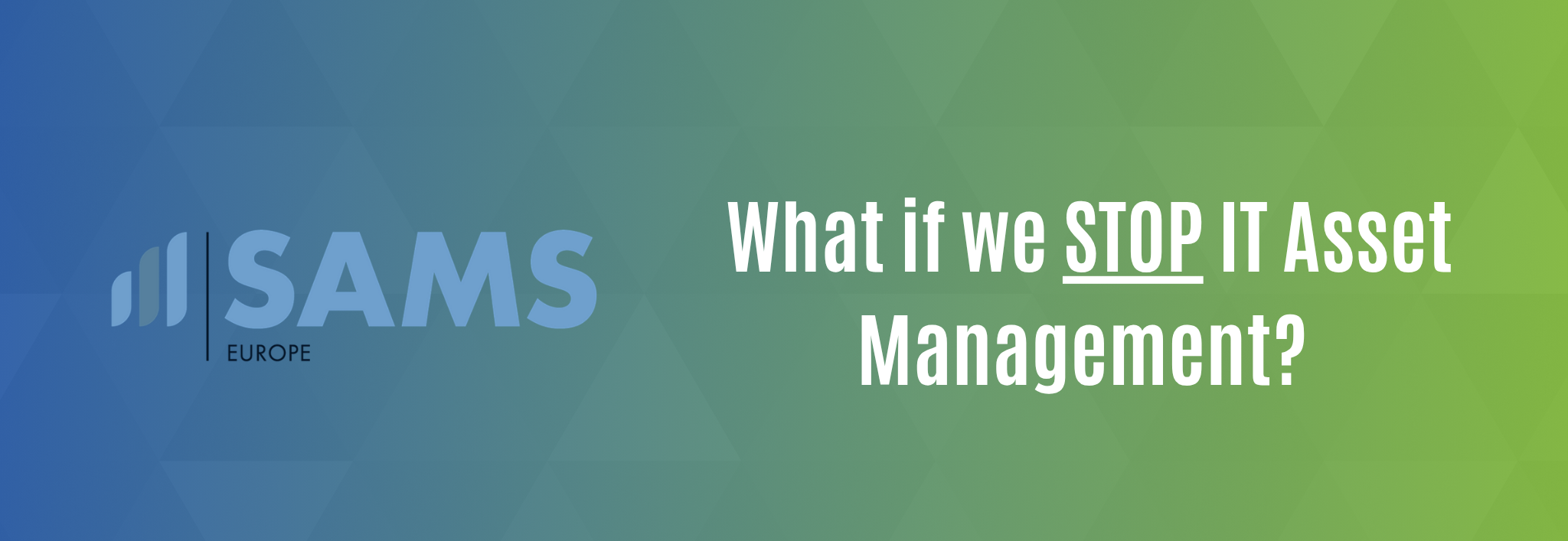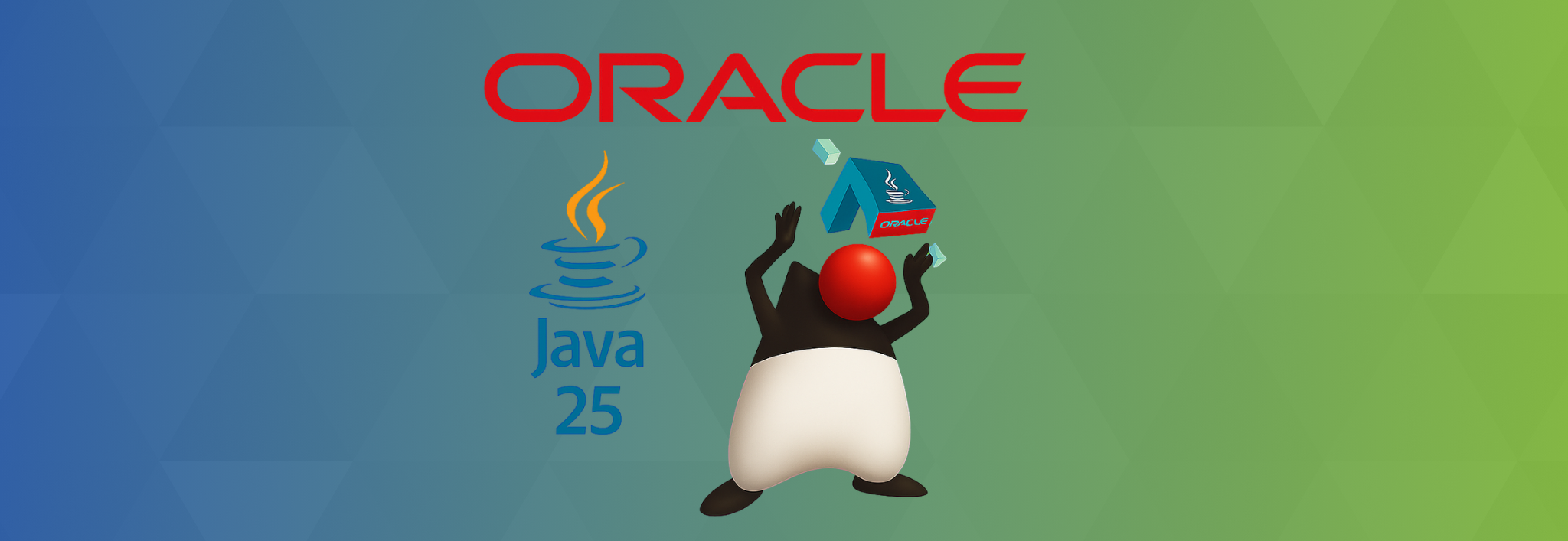ITAM solutions helps customers gain insight through a SAM assessment – which not only defines the current state of SAM within your company, but also brings to light what next steps should be taken to get SAM to the next level of maturity and to become more in control. Furthermore, the SAM assessment serves a critical purpose: it ensures that the organization’s specific needs are addressed by identifying gaps and opportunities, enabling tailored solutions that directly solve the client’s challenges. This alignment between assessment outcomes and client needs is essential for achieving impactful and sustainable results.
Comprehensive software asset management (SAM) assessment for organizational growth
About us
ITAM solutions is a leader in the field of Software Asset Management (SAM) with extensive experience and a proven track record in helping organizations optimize their software investments. Our company has established a leading practice that empowers businesses to achieve operational excellence, financial efficiency, and strategic alignment through effective SAM. With a team of seasoned professionals and cutting-edge methodologies, we are committed to delivering customized solutions that meet the unique needs of each client.
Purpose of the SAM Assessment
A SAM assessment is not merely an evaluation of your current SAM maturity; it is a strategic initiative to address and resolve your organization’s specific challenges. By identifying gaps, inefficiencies, and risks, the assessment helps craft actionable solutions that directly align with your business objectives. Whether your organization seeks cost savings, compliance, or operational enhancements, the SAM assessment provides the necessary insights and roadmap to achieve these goals. This ensures that every recommendation made is practical, impactful, and tailored to your unique circumstances.
Problem Statement
In today’s fast-paced business environment, managing software assets effectively has become increasingly complex. Organizations face numerous challenges, including compliance risks, escalating costs, operational inefficiencies, lack of visibility into software usage, or lack of insights for software on (customer) products. A SAM Assessment is essential to address these challenges, providing a clear understanding of the current state of SAM, identifying improvements & opportunities, and outlining a roadmap for improvement. By conducting a SAM Assessment, companies can achieve significant benefits such as enhanced compliance, cost savings, operational efficiency, customer satisfaction, and strategic alignment of their software assets with business goals. Most importantly, a SAM Assessment enables organizations to pinpoint and address their specific needs, ensuring that proposed solutions are practical and effective.
Outcomes of the SAM Assessment
A SAM Assessment delivers actionable results, enabling organizations to:
- Optimize Costs: Identify unused or underutilized licenses to reduce expenses and improve resource allocation.
- Ensure Compliance: Minimize risks of audits and penalties through improved license management.
- Enhance Efficiency: Streamline SAM processes for better visibility and faster issue resolution.
- Align Strategically: Align software investments with business objectives, supporting growth, innovation, and transformation.
- Tailor Solutions: Address unique organizational needs with practical, customized recommendations for lasting impact.
These outcomes ensure your organization is equipped to maximize its software investments and achieve sustainable improvements in SAM practices.
Methodology
Our SAM Assessment methodology is designed to evaluate and enhance the maturity of an organization’s SAM through 7 pillars that cover SAM as a complete service and lifecycle. These 7 pillars are assessed on people, process, technology, and data. The assessment follows a structured approach to identify the maturity level based on our Crawl – Walk – Run – Fly model, as outlined in Figure 1 (ITAM/SAM Growth Model):
- Kick-off
We begin with a kick-off meeting to set the requirements and intended outcomes. This step involves understanding why SAM is needed in the organization, defining the scope of the assessment, and aligning on the goals and expectations.
- As-Is Situation Analysis
To create a comprehensive picture of the current SAM maturity, we conduct interviews with key stakeholders across the organization. This helps us gather insights and understand how the company ranks on the 7 pillars. The as-is situation analysis provides a baseline for evaluating the effectiveness of existing SAM practices.
- Evaluation Session
In this session, we present our findings from the as-is analysis to the organization. This collaborative evaluation ensures that there is a mutual understanding and recognition of the current state of SAM. It also facilitates discussions on the challenges and opportunities identified.
- To-Be Situation Definition
Based on the as-is analysis and evaluation session, we work with the organization to define the desired level of SAM maturity. This to-be situation outlines the strategic goals and the maturity level the organization aims to achieve.
- Implementation Plan
We provide a detailed implementation plan to help the organization transition from the as-is to the to-be situation. This plan includes EPICs with actionable steps, timelines, and clear business cases for each initiative. The implementation plan serves as a roadmap for achieving the desired SAM maturity, ensuring that the organization can realize the full benefits of effective SAM practices.
Importance of SAM Maturity Levels
Maturity levels in SAM reflect the organization’s ability to manage its software assets effectively and strategically. Here’s why achieving higher levels of SAM maturity is crucial:
1. Crawl (Basic Awareness)
Organizations at this level focus on reactive management and basic compliance. While this ensures minimal adherence to licensing requirements, it often leads to inefficiencies and missed opportunities.
2. Walk (Structured Practices)
At this stage, SAM processes are defined and repeatable. Organizations experience improved compliance and can begin cost-saving initiatives.
3. Run (Proactive Optimization)
Companies achieve proactive management of their software assets, with robust processes, tools, and alignment across departments. They realize measurable cost reductions, risk mitigation, and operational efficiency.
4. Fly (Strategic Enablement)
The organization treats SAM as a strategic asset. Integrated processes and real-time data enable insights and innovation, helping drive organizational goals such as agility, digital transformation, and market competitiveness.
Conclusion
Effective Software Asset Management is crucial for organizations to remain competitive and achieve their strategic objectives. A comprehensive SAM Assessment is the first step towards optimizing software investments, ensuring compliance, enhancing operational efficiency, and customer satisfaction. Importantly, this assessment not only evaluates current SAM practices but also directly addresses the specific needs of the organization, providing a clear and actionable pathway to success. As a CEO, CIO, or Senior Manager, taking action now to assess and improve your SAM practices can yield substantial benefits. By partnering with ITAM solutions, you can leverage our expertise and proven methodologies to drive growth and achieve excellence in software asset management.
Figure 1 – ITAM/SAM Growth Model

Contact us today to begin your SAM journey and unlock the full potential of your software assets.
info@itamsolutions.nl
+31 (0)40 2 369 05 40








